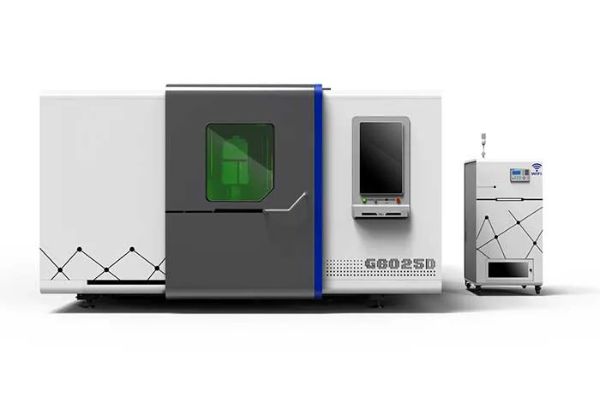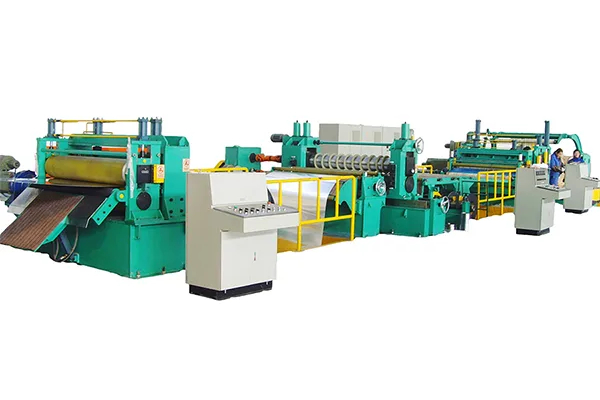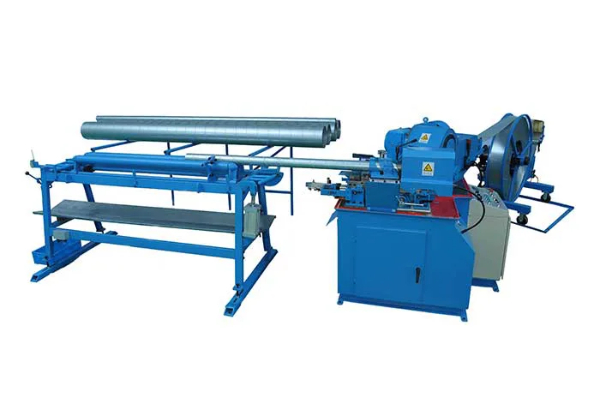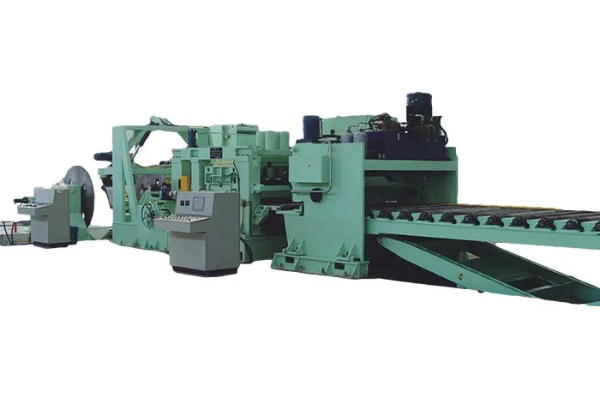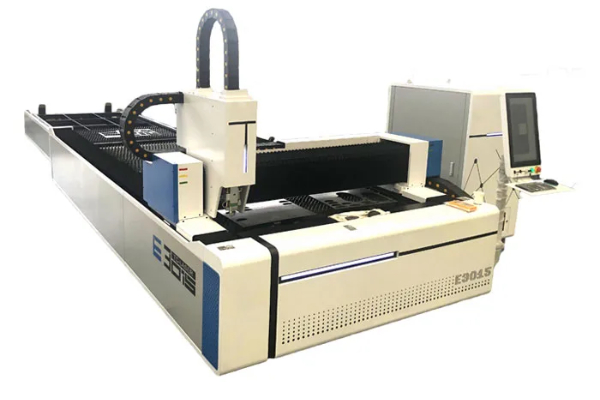
Maintenance Tips for Long-Lasting Performance of Plasma Cutters
- By:Metmac
- 2024-07-10
- 119
Plasma cutters are versatile and powerful tools that allow you to cut through various materials with precision and speed. However, like any other tool, plasma cutters require proper maintenance to ensure optimal performance and extend their lifespan. By following these comprehensive maintenance tips, you can keep your plasma cutter functioning at its best for years to come.
Daily Maintenance
Clean the nozzle: After each use, remove the nozzle and clean it thoroughly with compressed air or a soft wire brush. This removes slag and other debris that can accumulate and affect cutting performance.
Inspect the electrode: Check the electrode for wear or damage. If it is excessively worn, it needs to be replaced. A damaged electrode can lead to arcing, poor cut quality, and reduced lifespan.
Tighten connections: Ensure all electrical connections are tight to prevent arcing and overheating. Loose connections can cause intermittent operation or even equipment failure.
Weekly Maintenance
Clean the water separator: Drain the water separator and refill it with clean water. The water removes harmful contaminants from the compressed air, protecting the plasma cutter from damage.
Inspect the hoses: Check the air and water hoses for cracks, leaks, or kinks. Any damage can affect the flow of air or water, compromising the cutting performance.
Blow out air lines: Use compressed air to blow out the air lines, removing any accumulated dust or debris. This ensures a clean air supply for optimal plasma cutting.
Monthly Maintenance
Clean the torch body: Remove the torch body and clean it thoroughly with a soft cloth or brush. Remove any spatter or debris that may have accumulated.
Lubricate moving parts: Apply a light lubricant to all moving parts of the torch, such as the slides and levers. This reduces friction and wear, extending the lifespan of these components.
Inspect the pilot arc electrode: Check the pilot arc electrode for wear or damage. If it is excessively worn or damaged, it should be replaced to ensure reliable pilot arc initiation.
Quarterly Maintenance
Replace consumables: Replace consumables such as the nozzle, electrode, and shield cup according to the manufacturer’s recommendations. Worn consumables can affect cut quality and increase the risk of equipment damage.
Check the voltage: Measure the voltage at the input terminals of the plasma cutter. It should be within the specified range as per the manufacturer’s instructions. Incorrect voltage can impact cutting performance and equipment lifespan.
Annual Maintenance
Send for professional inspection: Take the plasma cutter to an authorized service center for a comprehensive inspection. They can perform diagnostics, identify potential issues, and make necessary repairs or adjustments.
By following these maintenance tips, you can keep your plasma cutter in peak condition, ensuring long-lasting performance and optimal cutting results. Regular maintenance not only extends the lifespan of the equipment but also minimizes downtime, increases productivity, and improves the overall safety of your cutting operations.
-
High-Precision Solutions from Leading Sheet Metal Cutting Machine Manufacturers
2025/09/11 -
Reliable Sheet Metal Equipment for Sale to Support Precision Fabrication
2025/07/17 -
Advanced Duct Machine AC and Fabrication Solutions from Metmac
2025/07/12 -
The Advantages of Using a Sheet Roll Forming Machine in Manufacturing
2024/09/14
-
Advanced Steel Sheet Cutting and Forming Solutions for Modern Fabrication
2025/09/11 -
High-Performance Sheet Metal Cutting and Forming Machines for Modern Manufacturing
2025/09/11 -
Precision and Value: Exploring Metal Sheet Cutting and Roll Forming Machines
2025/09/06 -
High-Performance Sheet Metal Machines for Precision Fabrication
2025/09/06
-
A Guide to the Latest Innovations in Sheet Metal Folding Machines
2024/11/29 -
Key Features to Consider When Investing in a Sheet Metal Folding Machine
2024/11/28 -
Enhancing Precision with Advanced Sheet Metal Folding Machines
2024/11/27 -
How to Choose the Right Sheet Metal Folding Machine for Your Workshop
2024/11/26
